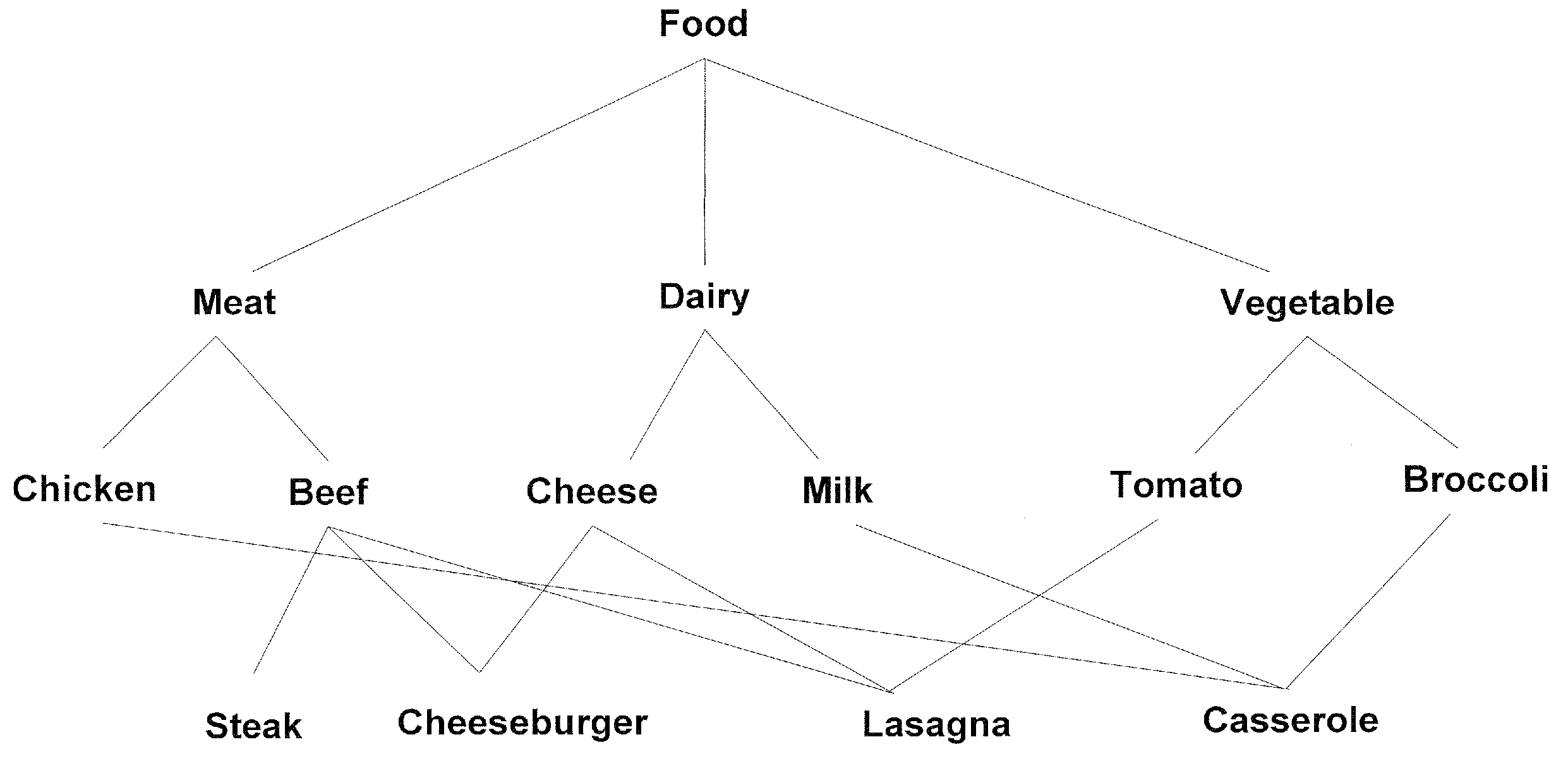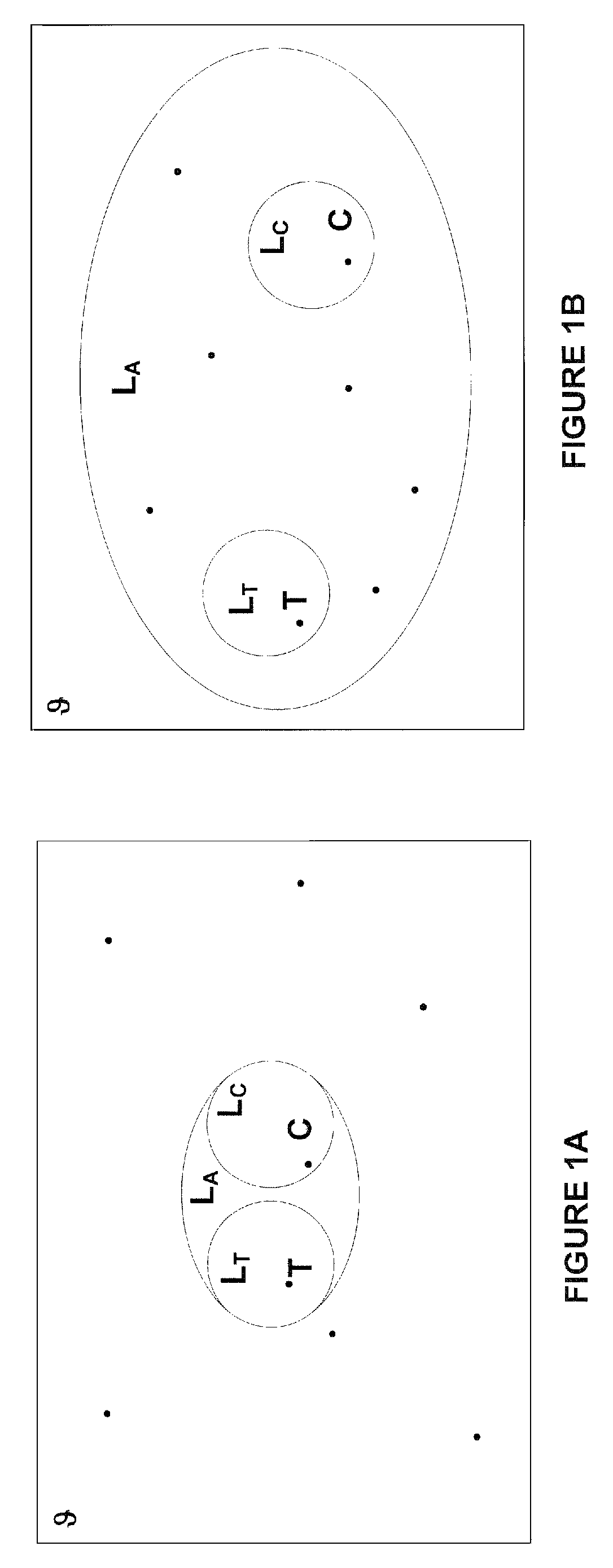Computer-based method for finding similar objects using a taxonomy
a computer-based method and taxonomy technology, applied in computing, instruments, data processing applications, etc., can solve the problems of complex classification using such taxonomies, large sets of objects they are used to classify, and large real taxonomies
- Summary
- Abstract
- Description
- Claims
- Application Information
AI Technical Summary
Benefits of technology
Problems solved by technology
Method used
Image
Examples
Embodiment Construction
[0020]While this invention is illustrated and described in a preferred embodiment, the invention may be produced in many different configurations. There is depicted in the drawings, and will herein be described in detail, a preferred embodiment of the invention, with the understanding that the present disclosure is to be considered as an exemplification of the principles of the invention and the associated functional specifications for its construction and is not intended to limit the invention to the embodiment illustrated. Those skilled in the art will envision many other possible variations within the scope of the present invention.
[0021]The idea of using an information-theoretic definition of similarity to compare objects labeled using a taxonomy was introduced by Resnik in the paper titled “Using information content to evaluate semantic similarity in a taxonomy”. Given a taxonomy defined over a set of terms T, Resnik defined the similarity of two terms t1∈T and t2∈T with respec...
PUM
 Login to View More
Login to View More Abstract
Description
Claims
Application Information
 Login to View More
Login to View More - R&D
- Intellectual Property
- Life Sciences
- Materials
- Tech Scout
- Unparalleled Data Quality
- Higher Quality Content
- 60% Fewer Hallucinations
Browse by: Latest US Patents, China's latest patents, Technical Efficacy Thesaurus, Application Domain, Technology Topic, Popular Technical Reports.
© 2025 PatSnap. All rights reserved.Legal|Privacy policy|Modern Slavery Act Transparency Statement|Sitemap|About US| Contact US: help@patsnap.com



